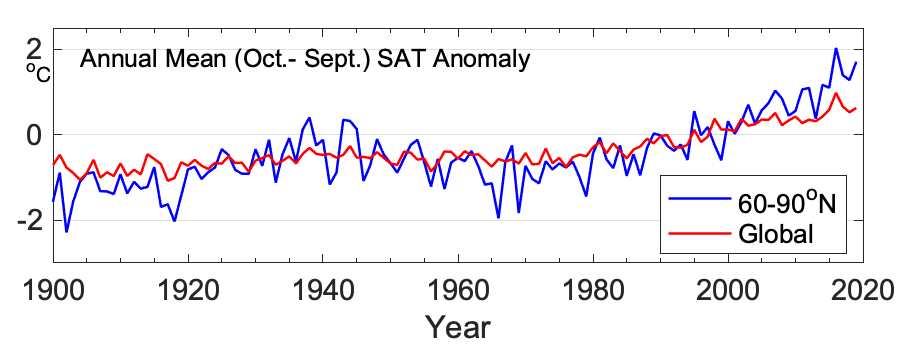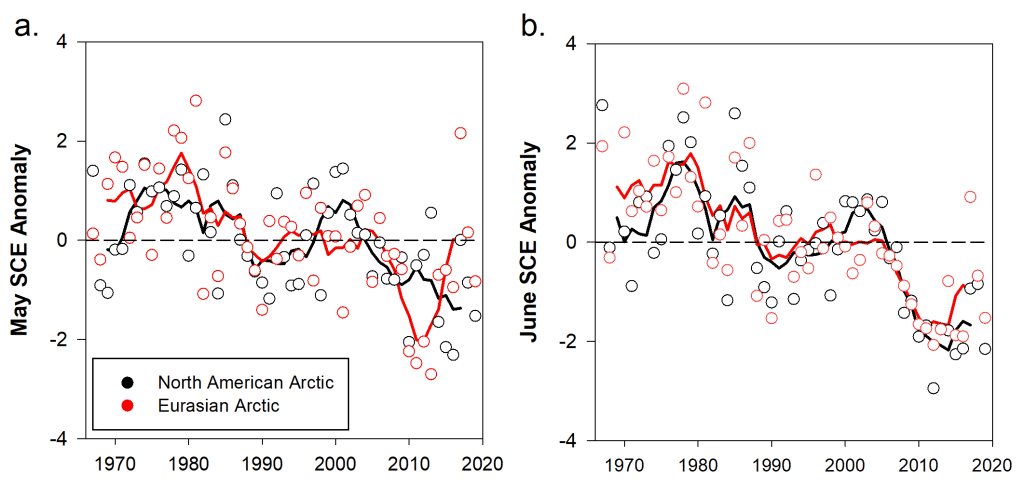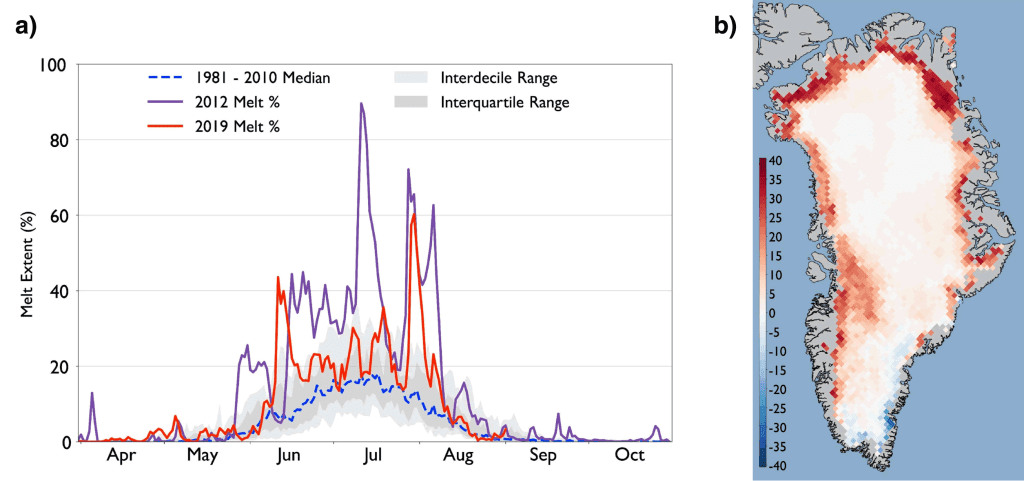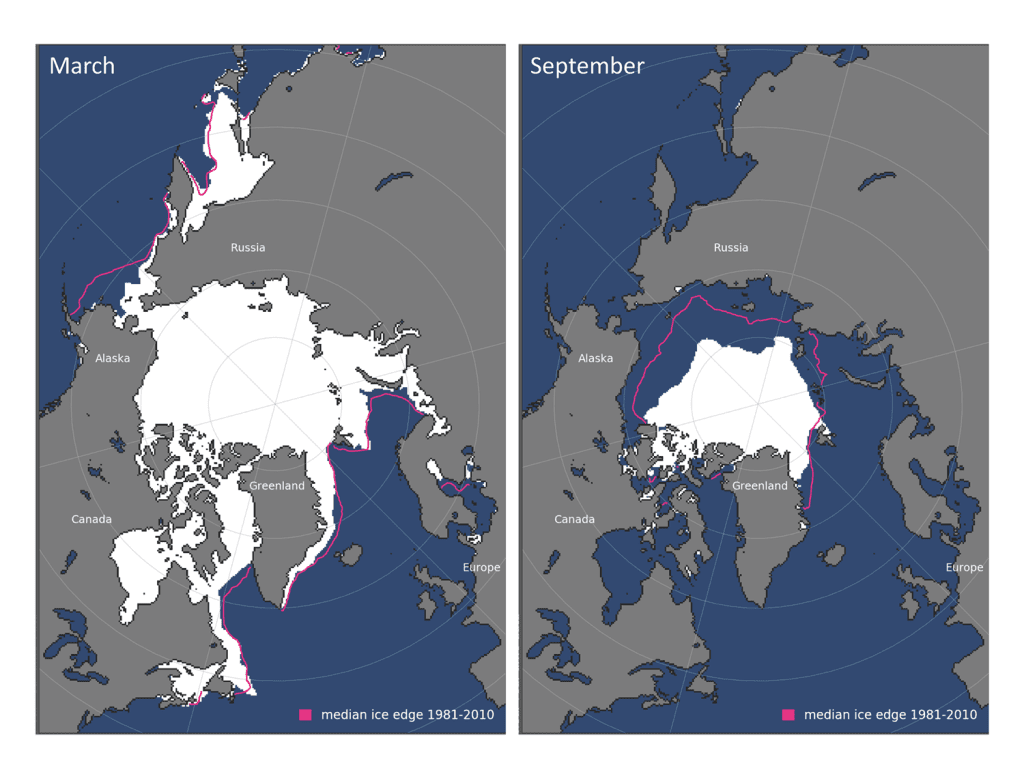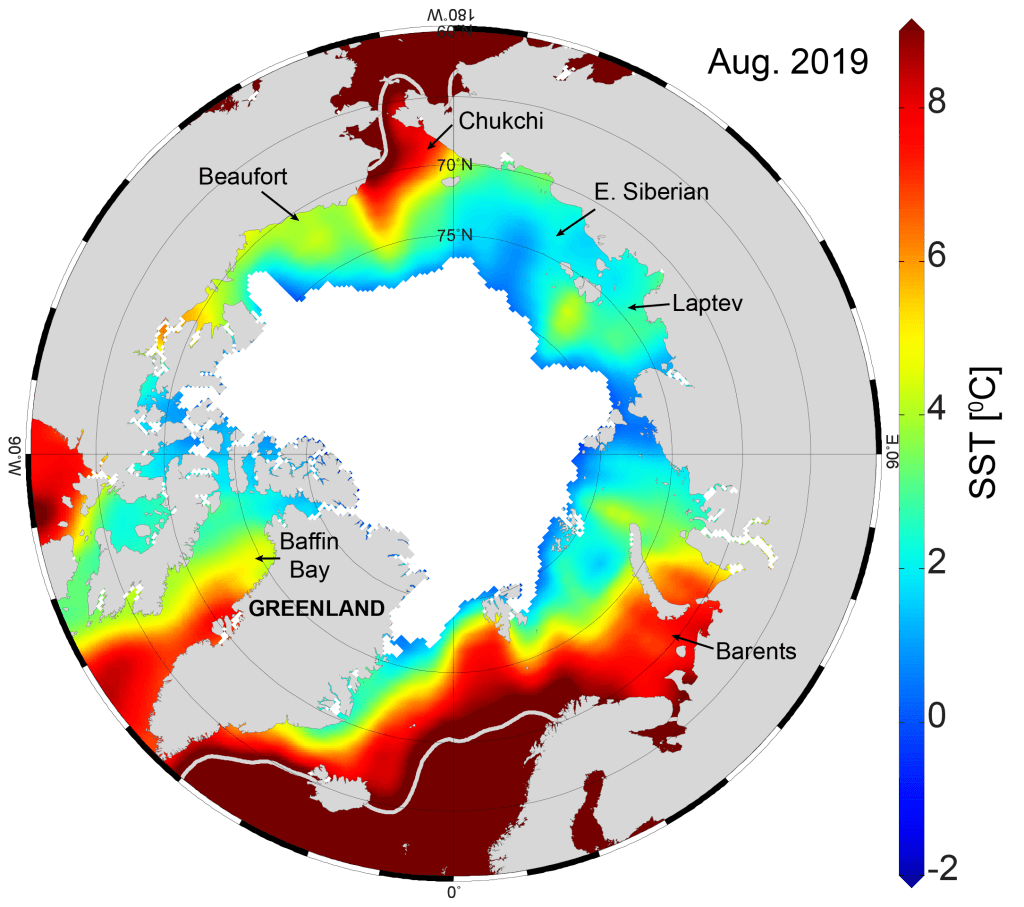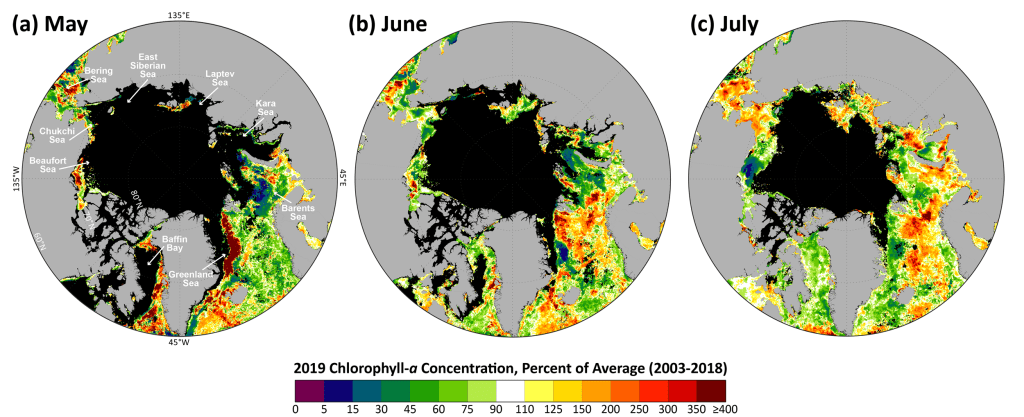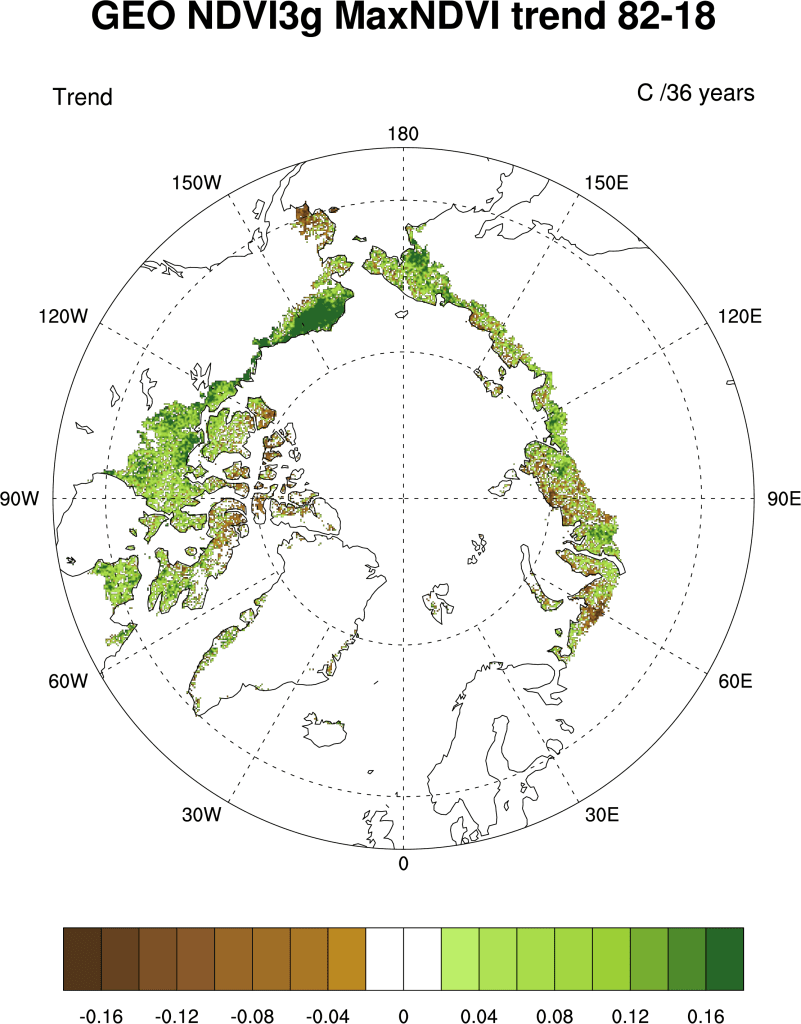Recent Warming in the Bering Sea and Its Impact on the Ecosystem
The Bering Sea is the third largest semi-enclosed sea in the world and forms the transition between the subarctic North Pacific Ocean and the Arctic Ocean. This article focuses on the eastern shelf, which has an exceptionally productive ecosystem, supporting large numbers of seabirds and marine mammals, subsistence harvests for native communities across Alaska, and more than 40% of the annual U.S. catch of fish and shellfish.
Recent Warming in the Bering Sea and Its Impact on the Ecosystem Read More »



